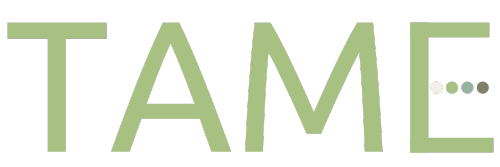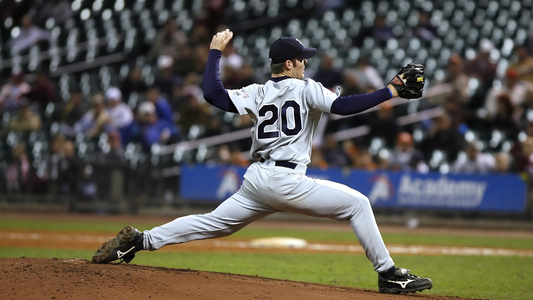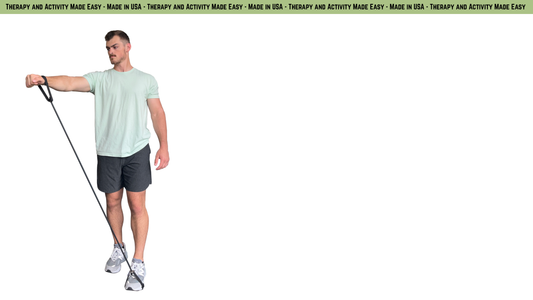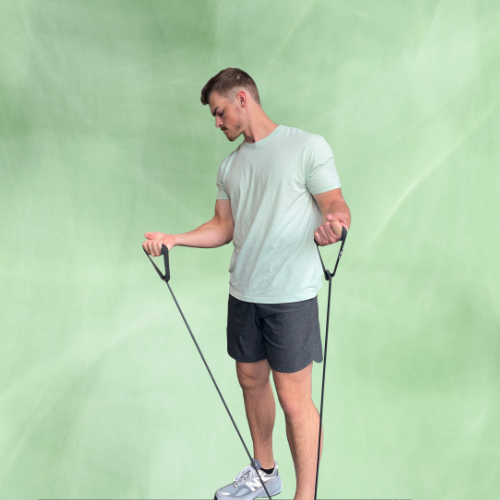5 Tips for Treating Tennis/Golfer's Elbow
Tennis elbow (lateral epicondylitis) and golfer's elbow (medial epicondylitis) are common overuse injuries that can afflict not only athletes, but anyone engaged in repetitive arm and wrist movements. Despite their names, these conditions are not exclusive to tennis or golf players. They can affect individuals from various walks of life, including office workers, carpenters, and gardeners. Managing and treating tennis or golfer's elbow involves a combination of rest, targeted exercises, and lifestyle adjustments. In this guide, we'll explore five tips to help you ace your recovery from these pesky elbow conditions.
1. Rest and Ice
When you first notice pain and discomfort around the elbow, the most crucial step is to give your arm some rest. Overuse and repetitive strain are common culprits in the development of tennis and golfer's elbow. Continuing to engage in activities that exacerbate the pain can hinder the healing process.
Start by temporarily avoiding the activities that trigger pain and give your affected arm a break. Applying ice to the affected area for 15-20 minutes at a time can help reduce inflammation and numb the pain. This dynamic duo of rest and ice in the early stages can set the foundation for a smoother recovery.
2. Stretch and Strengthen
Once the acute pain has subsided, incorporating targeted stretches and strengthening exercises into your routine is essential for the rehabilitation of tennis or golfer's elbow. These exercises help improve flexibility, alleviate muscle imbalances, and promote overall joint health.
Stretching:
- Wrist Flexor Stretch: Extend your arm in front of you, palm facing down. Use your opposite hand to gently press down on your fingers, stretching the forearm muscles.
- Wrist Extensor Stretch: Similar to the flexor stretch, but with your palm facing up. Gently press down on the back of your hand to stretch the wrist extensors.
Strengthening:
- Eccentric Wrist Flexor Exercise: Hold a lightweight dumbbell in your hand, palm facing down. Use your opposite hand to assist in lifting the weight, then slowly lower it with the affected hand.
- Eccentric Wrist Extensor Exercise: Similar to the flexor exercise, but with the palm facing up. Lift the weight with your opposite hand and lower it slowly with the affected hand.
Perform these exercises with caution and start with a light resistance. Gradually increase the intensity as your strength improves.
3. Brace Yourself
Wearing a brace or support can provide added stability to the affected elbow, especially during activities that may exacerbate the condition. Elbow braces are designed to reduce strain on the injured tendons and muscles, promoting proper alignment and minimizing excessive movement.
Choose a brace that fits comfortably and provides the necessary support without restricting blood flow. Wear it during activities that involve gripping or repetitive wrist movements, such as typing, lifting, or playing sports. However, it's crucial not to become overly reliant on the brace, as incorporating strengthening exercises and addressing the root causes of the condition are equally important.
4. Modify Activities
Identifying and modifying activities that contribute to tennis or golfer's elbow is a strategic step in the recovery process. Whether it's adjusting your grip on sports equipment, using ergonomic tools, or practicing proper technique, these modifications can significantly reduce the strain on your elbow.
Ergonomics at Work: If your job involves repetitive arm movements, ensure that your workspace is ergonomically designed. This includes maintaining proper wrist alignment while typing, using supportive equipment, and taking regular breaks to stretch and rest.
Sports Technique: Whether you're a tennis player, golfer, or engage in any other sport, pay attention to your technique. Work with a coach or trainer to ensure that your movements are biomechanically sound and reduce unnecessary stress on your elbows.
5. Seek Professional Guidance:
While self-care strategies are valuable, seeking professional guidance is crucial for a comprehensive and tailored approach to treating tennis or golfer's elbow. Consult with a healthcare professional, such as a physical therapist or orthopedic specialist, who can assess your condition, provide personalized recommendations, and guide you through a structured rehabilitation program.
Professional interventions may include:
- Physical Therapy: A physical therapist can design a customized exercise program to address muscle imbalances, improve range of motion, and enhance overall elbow function.
- Corticosteroid Injections: In some cases, a healthcare provider may recommend corticosteroid injections to reduce inflammation and alleviate pain.
- Regenerative Therapies: Emerging treatments like platelet-rich plasma (PRP) or stem cell therapy may be considered for promoting tissue healing and reducing inflammation.
Remember, everyone's journey to recovery is unique. What works for one person may not be suitable for another. Patience and consistency are key as you navigate the path to healing from tennis or golfer's elbow. By combining these tips and incorporating professional guidance, you can increase the likelihood of a successful recovery and get back to your favorite activities with confidence.
Conclusion
In conclusion, addressing tennis or golfer's elbow necessitates a comprehensive approach, combining rest, targeted exercises, and support for optimal recovery. Strategic activity modifications and seeking professional guidance, including physical therapy or medical interventions, enhance the rehabilitation process. Recognizing that progress is individual and embracing a holistic strategy empowers individuals to overcome these common elbow conditions. By prioritizing self-care, lifestyle adjustments, and expert guidance, one can foster resilience and confidently return to active pursuits.



